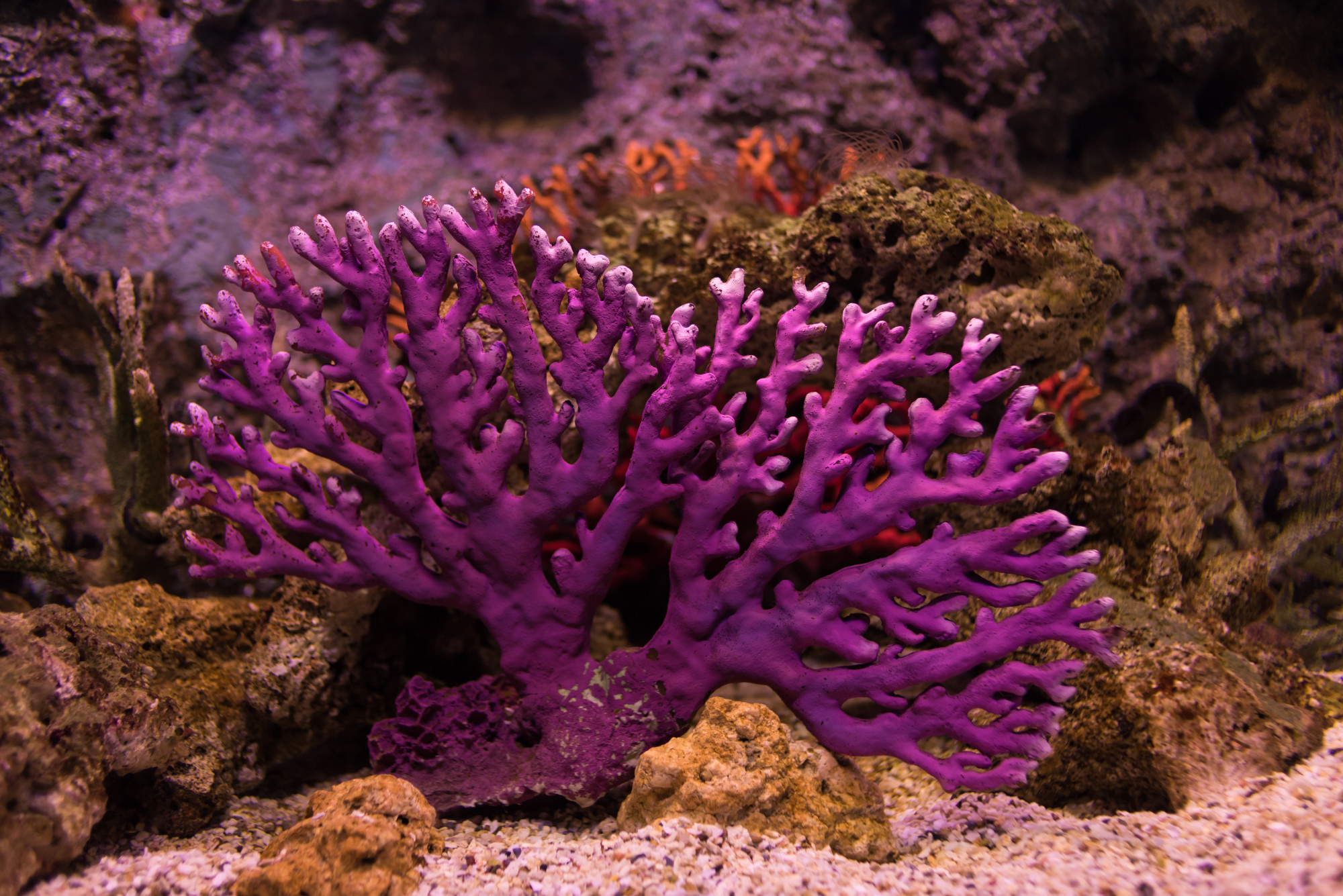
It’s a strange time for nature-lovers: The coronavirus pandemic has people seeking comfort in the great outdoors, but environmental damage is destroying the natural world as we know it.
A reef aquarium lets you enjoy the sights of the ocean without leaving the comfort of your home or threatening habitats.
Here’s a guide to setting up a coral reef aquarium for beginners.
Choose Your Reef Aquarium Equipment
Picking reef aquarium equipment comes down to what’s affordable for many. Once you decide how much you want to spend, consider things like managing water chemistry and livestock.
Picking the Perfect Tank Size
Many reef aquarists choose “nano” tanks, aquariums under ten gallons, which are often cheaper. However, it’s harder to maintain water chemistry and a healthy tank because of the smaller volume. This can result in unexpected losses and costs.
Also, consider what livestock you want to keep when picking an aquarium size. Don’t guess—do research to give fish and invertebrates the room they need.
Lights, Filters, and More
Other equipment for reef tanks includes lights, filters, heaters, salinity meters, and more. Reef tanks often use a refugium, a kind of biological filter less common in freshwater aquariums.
Prepare Your Tank and Get the Chemistry Right
Once you have aquarium equipment picked out, it’s time to set up. Don’t add livestock yet, or you’ll end up with a lot of problems and dead fish.
Water chemistry is vital for a healthy tank, so here’s what you need to know.
Setting up the Hardscape
“Hardscape” is a term used by fish tank keepers and refers to the substrate, rocks, and anything else not alive. Add it before heaters, pumps, and so on to avoid damage.
Start With the Right Water
To make your own saltwater, start with 0 PPM total dissolved solids (TDS). Seasoned reef aquarists prefer this method to tweak water chemistry to perfection.
If you can afford it, you can buy premade reef aquarium saltwater. This is fine for many beginners but gives you less control.
You need to balance salt content as well as water hardness in pH, GH, and KH. Know what parameters your planned livestock need to thrive.
Managing the Nitrogen Cycle
One of the biggest keys to aquarium success is cycling your tank, or managing levels of ammonia, nitrite, and nitrate. Filters aren’t just for removing gunk, but also harbor bacteria that you need to grow for six to eight weeks. You dose the empty tank with ammonia and monitor the three parameters.
Hobbyists often use macroalgae in refugium to cut nitrate levels. Recent research suggests refugium cryptic zones improve clean water.
Decide on Coral, Fish and Other Livestock
Your very last step is to pick out livestock for your coral reef aquarium. This includes coral and other invertebrates, live rock, fish, and macroalgae. Buy captive-bred livestock because poaching is a big problem in the hobby and harms marine habitats.
Keep in mind the size of your tank when choosing, and adjust water chemistry to accommodate the livestock.
Lifestyle Pieces for a Change of Pace
With these reef aquarium setup tips, you’re on your way to being a successful aquarist.
While you’re waiting for your tank to cycle, look at our blog for a change of pace. Our lifestyle articles are a perfect escape from gloomy news.

